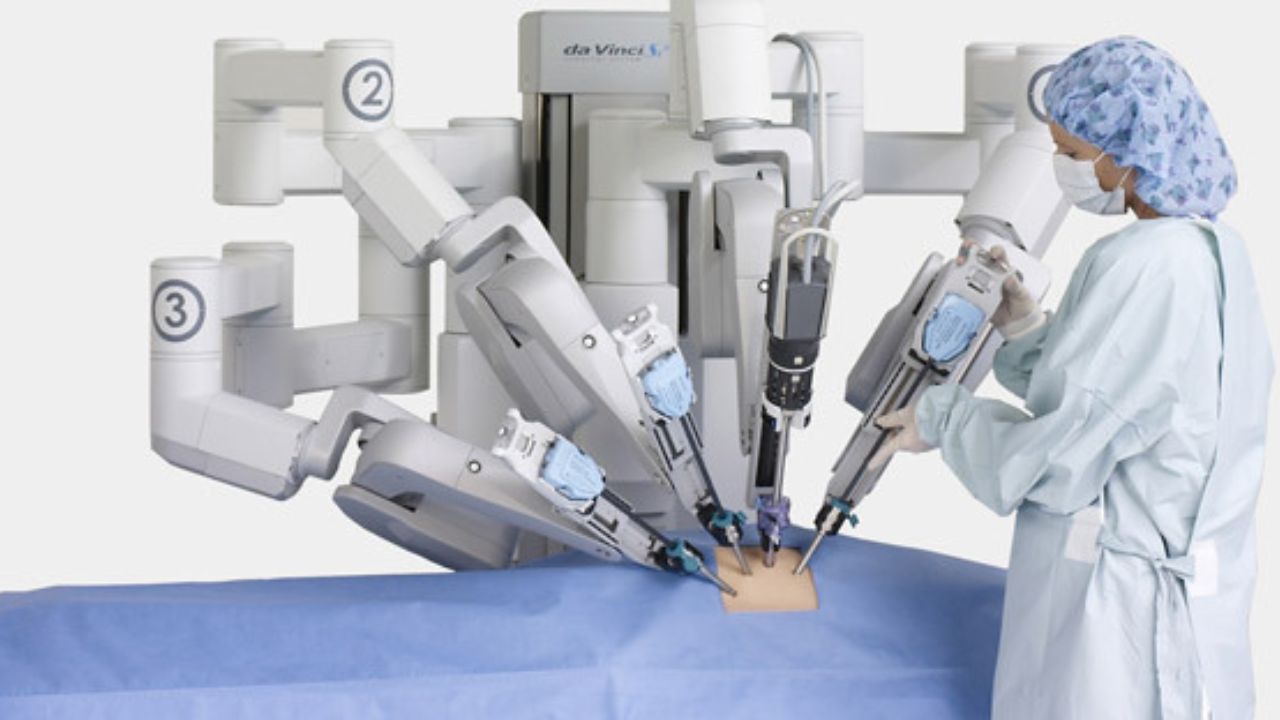
Robotic Cystectomy in India
Robotic Cystectomy In India is a minimally invasive surgery designed to treat bladder conditions requiring partial or complete bladder removal. It is particularly effective for patients with advanced bladder cancer that has spread to the muscle wall. Unlike traditional open cystectomy, which involves a large incision, robotic cystectomy uses smaller incisions, thanks to advanced robotic technology. This method offers enhanced precision, flexibility, and a 3D, high-definition view of the surgical area, which is crucial for complex procedures like creating a neobladder or performing urinary diversion.
When Is Robotic Cystectomy Necessary?
Robotic cystectomy may be necessary in cases such as:
- Bladder cancer invading a portion of the bladder or requiring partial removal.
- Bladder involvement in pelvic cancers (e.g., colon, endometrial).
- Developmental anomalies of the bladder needing straightforward cystectomy.
- Fistulas between the vagina, colon, and bladder requiring partial cystectomy.
- Bladder diverticula or benign tumors needing partial cystectomy.
Who Makes a Good Candidate?
Ideal candidates include patients with localized bladder cancer, noncancerous conditions requiring partial cystectomy, or specific bladder anomalies. Robotic cystectomy is preferred for those with diabetes or other medical conditions due to its minimally invasive nature and quicker recovery.
Who Should Not Consider Robotic Cystectomy?
Patients with conditions such as dense intra-abdominal adhesions, intolerance to pneumoperitoneum, or severe medical comorbidities (e.g., heart disease, poor pulmonary function) may not be suitable candidates. Metastatic cancer or advanced stages of disease are also contraindications.
Procedure Overview
During robotic cystectomy, the patient is under general anesthesia. The surgeon uses robotic arms to guide surgical tools through small incisions made in the abdomen. A laparoscopic camera provides a detailed view of the surgical site on monitors. The robotic system enables precise removal of cancerous tissues and, if needed, reconstruction of the urinary tract. Postoperative pain is typically reduced due to the minimally invasive nature of the procedure.
Risks and Side Effects
Although robotic cystectomy is less invasive, it carries risks such as infection, bleeding, blood clots, and potential injury to nearby organs. Postoperative side effects may include changes in urination patterns, frequent urination, erectile dysfunction in men, and potential discomfort or changes in sexual function in women. These issues arise from the surgery’s impact on surrounding tissues and organs.




